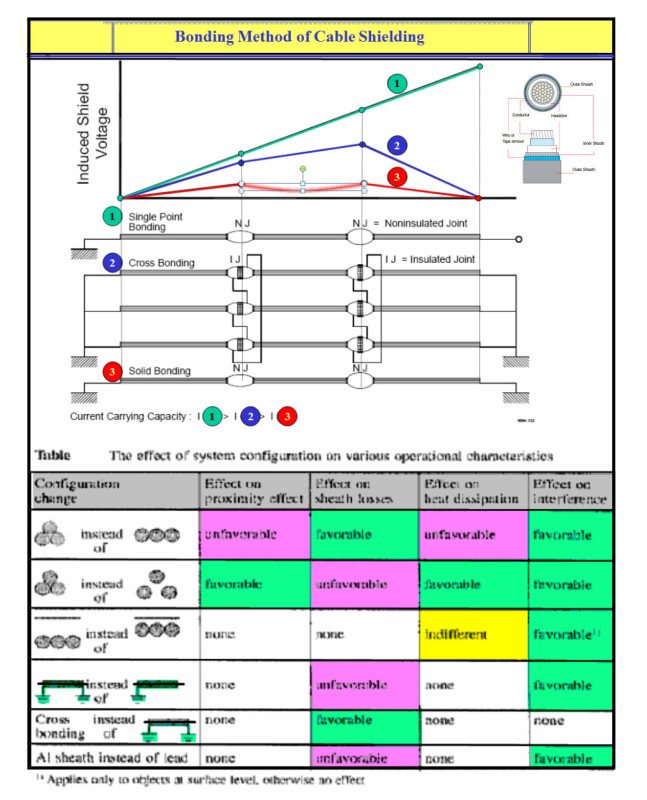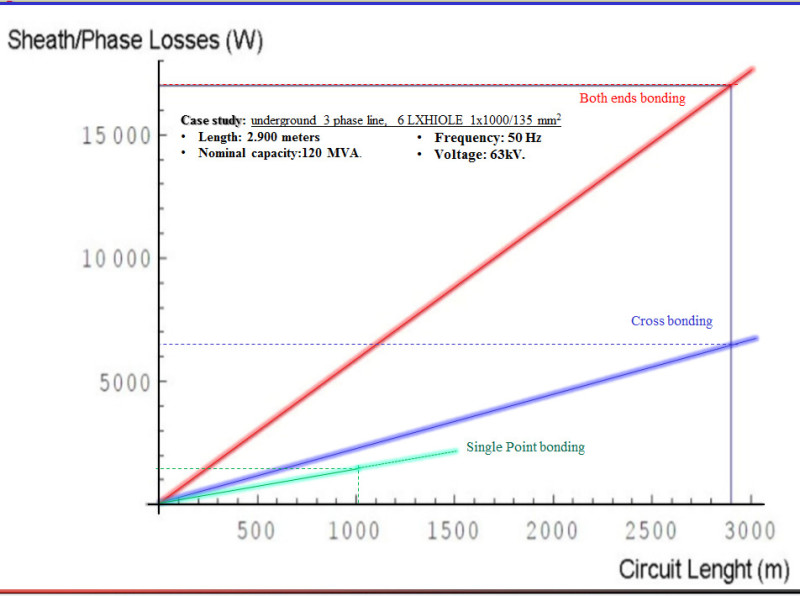Running cables inside substations in trefoil formation ensures balanced voltages; however, due to ampacity requirements, flat formation proves to be more economical.
What is the criterion to select running cables in flat vs. trefoil other than ampacity?
Regarding voltage unbalances in flat formation,it appears very similar to running a 220 kV bus with flat tubular bus, I have never seen anyone cares about unbalance voltages at the level.
However, with MV cables on 11 kV (13.8 kV), A power transformer may be connected to switchgear with flat cables, usually with multiple runs per phase, I doubt the unbalance may be reasonable.
Any similar experiences or calculations references?
What is the criterion to select running cables in flat vs. trefoil other than ampacity?
Regarding voltage unbalances in flat formation,it appears very similar to running a 220 kV bus with flat tubular bus, I have never seen anyone cares about unbalance voltages at the level.
However, with MV cables on 11 kV (13.8 kV), A power transformer may be connected to switchgear with flat cables, usually with multiple runs per phase, I doubt the unbalance may be reasonable.
Any similar experiences or calculations references?


